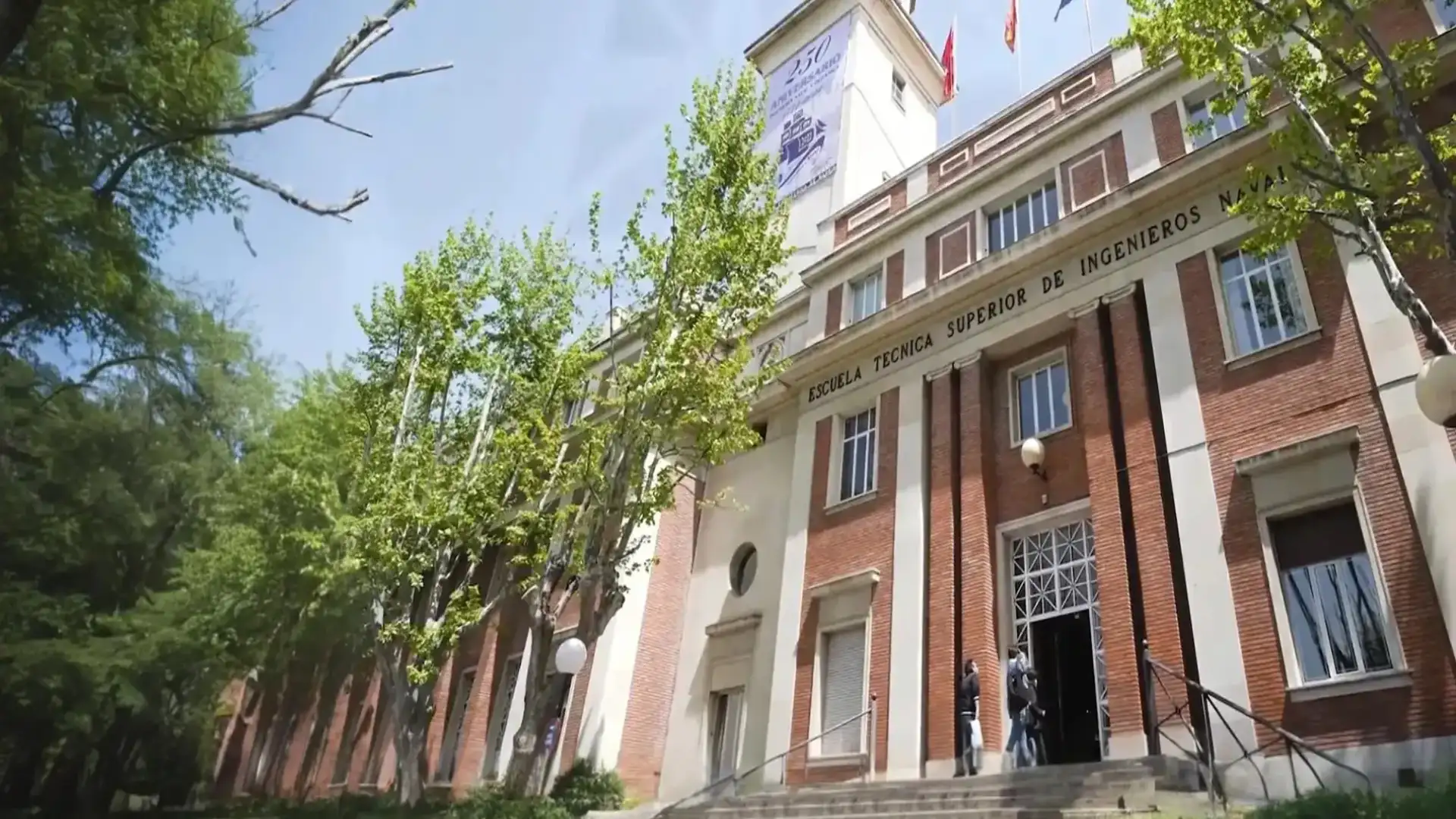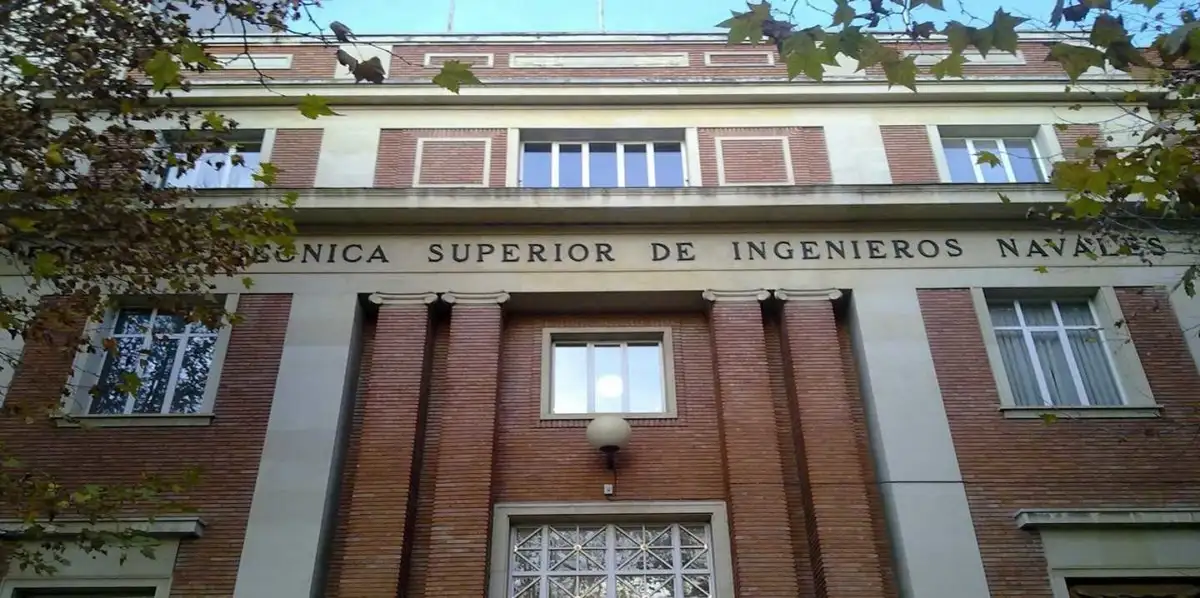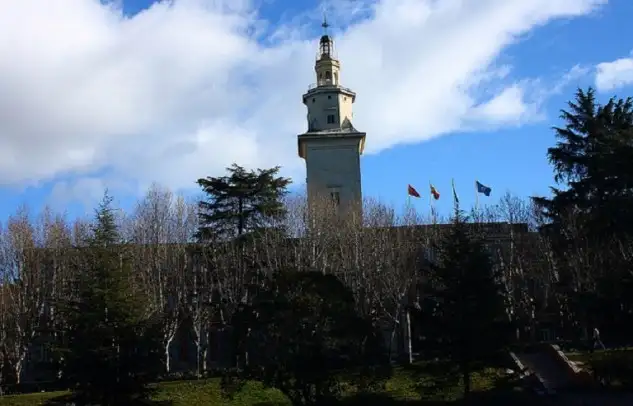
With Charles III, the Naval School was born in 1772
With Charles III, the Naval School was born in 1772

The School has modern facilities for the learning and development of students, highlighting the test channel, laboratories, special event spaces, sports courts
The origin of the teaching of Naval Engineering in Spain dates back to 1772 during the reign of Charles III, when the Academy of Marine Engineers was created with its headquarters in Ferrol, an institution that so much contributed to the creation of a powerful and modern Spanish fleet. Its activity lasts until 1827 and is relaunched in the middle of the century with the creation of the School of Engineers of the Navy in San Fernando (Cadiz) and its subsequent return to Ferrol.
It is at the Ferrol Academy in which, at the end of the 19th century, the figure of the hearing student is created, who is entitled to a certificate of study but not to access the Navy Corps, where the civil profession of Naval Engineer has its origin. And it is the Association of Naval Engineers, of a civilian character but mostly composed of military, that has a decisive influence on the government of the Second Republic to create the Special School of Naval Engineers in 1933, already under the Ministry of Public Instruction.
During the first years, this College has a travelling seat for several buildings in Madrid, including the palace of O'Donnell 26 Street, adapted for teaching at the end of the Civil War. The material devastation created by the war forces the Government to consider the reconstruction of the productive means, including those linked to maritime activity and shipbuilding. To this end, one of the objectives is to have qualified engineers in this sector and, as a result, it is decided to begin the work of building a new floor building on grounds of the University City of Madrid which, since 1948, year of its inauguration, is the headquarters of the then Special School of Naval Engineers and, today, High Technical School. From the main body of this building emerges as a distinctive element a slender tower inspired by the Roman lighthouse of Hercules de La Coruña, a lighthouse whose primitive construction is from the time of the Emperor Trajano.
The facilities of the School of Naval Engineers in Madrid
The School is not only a study centre, it also has many facilities and organizes various activities of interest to students, companies, etc. Educational activities, as well as cultural and sports activities, are supported by modern and functional facilities.
The facilities have:
Its facilities have
STUDIES
SAM OF GRADOSAULES
ROLE OF PROJECTS
INFORMATION SERVICES
TEST CANAL
ELECTROTECHNIA, ELECTRONIC AND SYSTEMS (LEEYS)
STRUCTURE
PHYSICAL
NUCLEAR INGENIERIA
TECHNICAL INGENIERY
MATERIALS
MOTORES
OCEANOLOGY
CHEMICAL
SYSTEMS AND EQUIPMENT
SOLDADURA
MECHANIC TECHNOLOGY
The following activities may be carried out at the School:
Naval Modelism Club
Computer Club
Tuna
Photography Club
Sailing club
Sports club
R11
Theatre Club
Cinetsin
Engine Club
Association Intercentro BEST-UPM (Board of European Students of Technology)
Fuve- e
© 2024 Nautica Digital Europe - www.nauticadigital.eu














